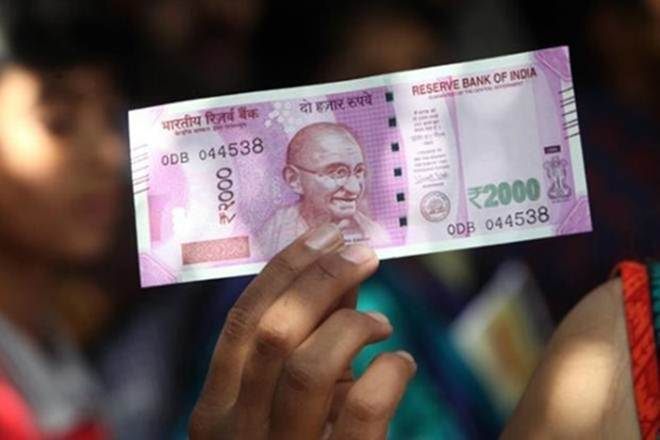By Mitali Salian
Reserve Bank of India governor Shaktikanta Das on Wednesday said the central bank was in discussions with other regulators like the Sebi and Irdai so that other categories of lenders could also become signatories to the inter-creditor agreement (ICA). Such a move would allow various sections of creditors to “look at the whole liability of an entity comprehensibly”.
During the policy announcement on Wednesday, Das said, “We have had inter-regulator meetings at various senior levels… (between) our deputy governors, members from Sebi, from Irdai. And Irdai has taken a decision and enabled insurance companies to be a part of the ICA. Our discussion with other regulators is ongoing. So, unless you look at the total outstanding comprehensively, you may not make good progress.”
The central bank’s June 7 circular on prudential framework for resolution of stressed assets mandates all lenders to enter an ICA during a 30-day review period to provide for ground rules for finalisation and implementation of the resolution plan.
The circular, however, said the directions are applicable only to entities it regulates i.e. scheduled commercial banks, all-India term financial institutions, small finance banks and systematically important non-banking financial companies. The debate over mutual funds and insurance companies becoming signatories to an ICA came about as part of the resolution process of home loan financier Dewan Housing Finance Corporation, given that it is not regulated by the RBI and thus not covered by the June 7 circular.
Currently, in absence of any word from Sebi, fund houses are uncertain on whether they can agree to certain commercial terms mentioned in the ICA. On the matter, RBI deputy governor NS Vishwanathan said, “We do not have a problem if ICA provides for different treatment for different types of creditors. The idea is that it provides a framework to deal with a stressed asset.”
On being asked whether such heavily-customised ICAs might complicate the resolution process, Ashish Pyasi, principal associate with Dhir and Dhir Associates, said: “This appears to be a welcome move from the RBI to bring other financial institutions also within the ambit of ICA. Initially, the complexities of ICA will increase, but once it is approved by other regulators as well, it will be streamlined and all the other NBFCs will have a say in the umbrella of the ICA, which will help resolution plan being implemented effectively.”
An official of the Indian Banks’ Association, meanwhile, reiterated that ICAs customised to requirements of various class of creditors would be a necessity. On the condition of anonymity, the IBA official said, “The issue is only with MFs and insurance companies, especially MFs as they are not lenders but mostly bondholders. In as much as each of the class of creditors has different sources of funds, this differential ICA may be needed.”
As the RBI governor observed, in individual cases, banks found that a sizable portion of the outstanding of individual corporate or entities are from other creditors such as insurance companies and mutual funds and not allowing them to be signatories to the ICA would imply leaving them outside the resolution process, suggesting only a part of the outstanding debt is being resolved.


